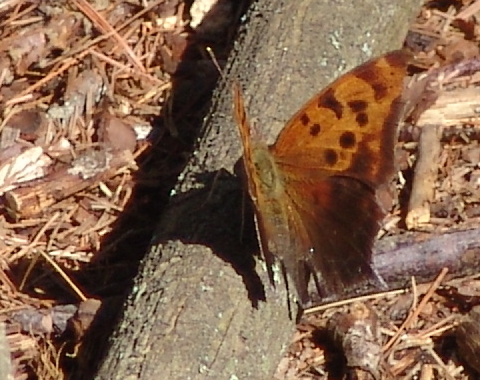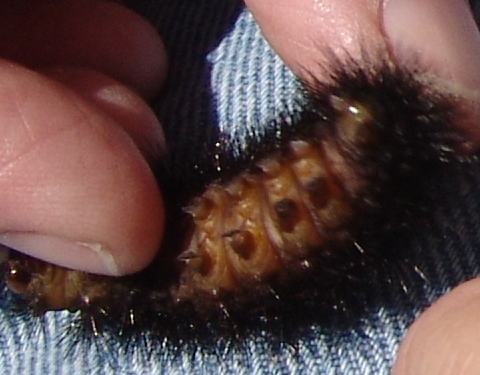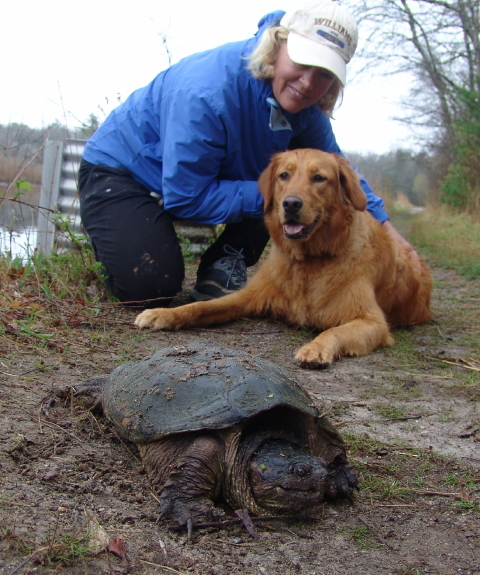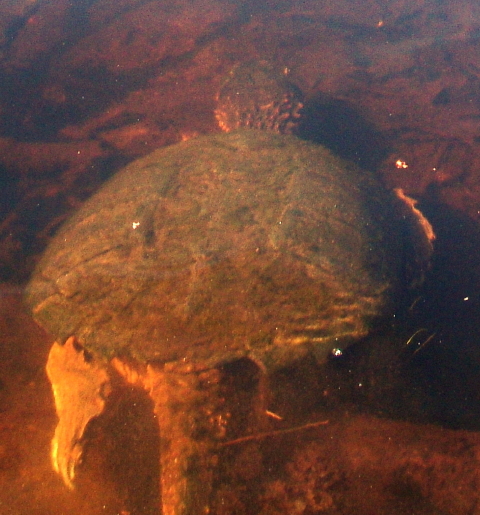Massachusetts Turtle Bouquet
Through the magic of digital media, Don Lewis and Sue Wieber Nourse — the Turtle Journal Team — will transform the Wareham Free Library into a reptilian paradise, so kids from 5 to 105 can experience first-hand the hair-raising excitement of adventure and discovery. You’ll cast off the ordinary world of bricks and mortar, climb inside a dazzling sound and light show, and unleash your inner explorer.
Turtle Journal Team:Â Don Lewis and Sue Wieber Nourse
You’ll watch as turtles wake from winter slumber, bask in bright spring sunshine and turn thoughts to creating the next generation of reptiles. You’ll hide in camouflage to observe female turtles trek across impossible obstacles to reach nesting sites and deposit egg clutches representing the future of threatened turtles on the SouthCoast. You’ll fast-forward as hatchlings emerge from the sand to take their first breath as they scramble to safety. You’ll uncover secrets about what makes these shelled critters such wild and wonderful telltale species of our natural world. As turtle populations tumble, so goes the quality of life around us. As turtles prosper, so does the richness of our own world, too
One Ton Leatherback Sea Turtle Entangled in Buoy Line
Along our ocean coast, you’ll come face to face with five species of sea turtles that frequent Massachusetts waters. You’ll rescue a half ton leviathan, a massive female leatherback, entangled in buoy lines and fighting for her life. You’ll patrol storm tossed beaches to rescue hundreds of the most endangered sea turtles in the world
Turtle Commentary (Male Diamondback Terrapin)
“Psst! Listen up, humans. The Turtle Journal Team will be presenting a virtual extravaganza called ‘Turtles Gone Wild’ at the Wareham Free Library on May 3rd at 6:30 pm. I even hear through the reptile grapevine that a couple of my turtle pals will be on hand to make sure these mammals get things right. You know mammals. Some say beauty is in the eyes of the beholder. Others like us know that beauty and intelligence are intrinsic qualities inherent in all reptiles and sadly lacking in younger, less developed species like mammals. It’s not really their fault. How can you blame youth for immaturity? We reptiles have dominated Earth for hundreds of millions of years, while modern humans have barely seen 100,000 trips around the sun. Still, it will be amusing to see how Don and Sue tell the exciting story of turtles of the SouthCoast. ‘Turtles Gone Wild,’ indeed. Listen to these characters and judge for yourself who really represents the intelligent species.”
Don Lewis serves as the Executive Director of the Massachusetts Association of Conservation Districts. Also known as “The Turtle Guy,†Don’s research and rescue exploits have been featured on National Geographic TV and his work has been profiled in books on global animal rescue, endangered wildlife management and habitat preservation.
Sue Wieber Nourse, research scientist and master educator, is CEO of Cape Cod Consultants, an environmental solutions company specializing in wildlife management and critical habitat assessments that protect nature while expeditiously enabling client objectives. An intrepid adventurer, Sue led underwater research projects from the Canaries through the Caribbean Sea to the Hawaiian Islands, and from the Florida Keys through the Bahamas to Buzzards Bay, Cape Cod and the Gulf of Maine.
Their original nature stories and professional wildlife photography have appeared in newspapers, magazines and broadcast media locally, across the nation and around the globe. Don and Sue document the nature of coastal Massachusetts on their web site, Turtle Journal (www.turtlejournal.com), and they share real-time adventures directly from the wild on Twitter (www.twitter.com/turtlejournal).























